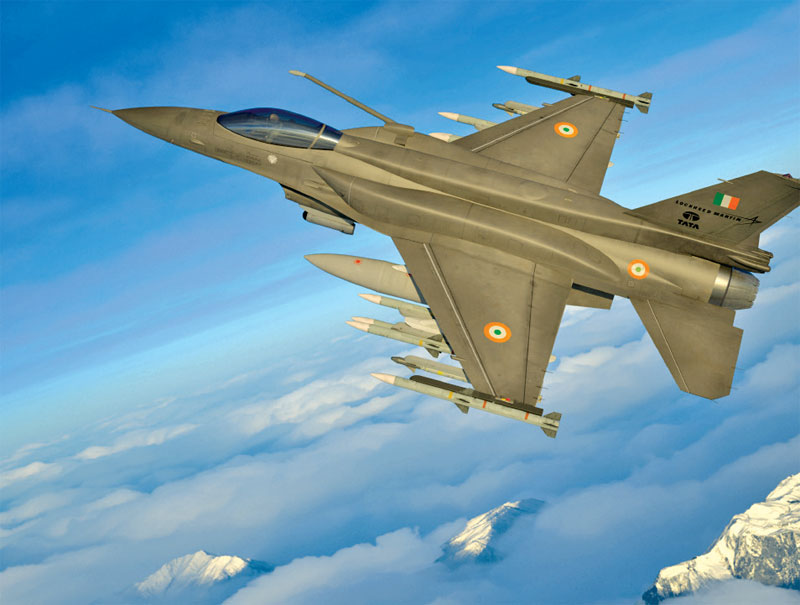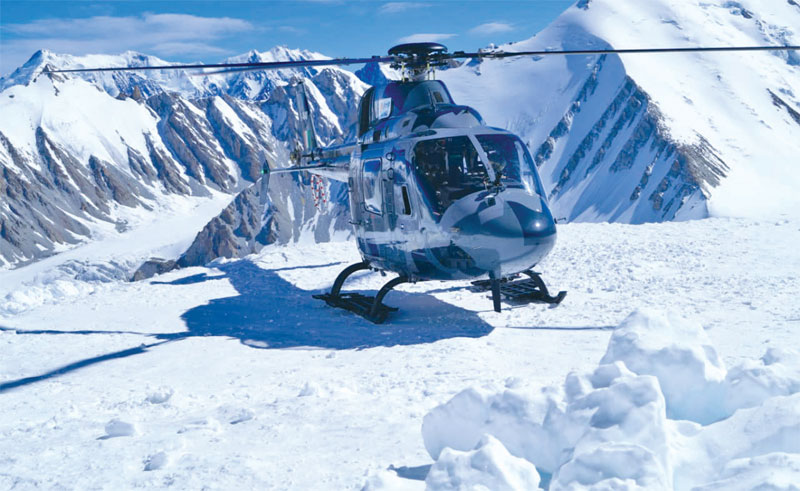IAF needs to carefully weigh its future options to retain its combat capability
Atul Chandra
The Indian Air Force (IAF) remains in a state of flux with regard to the modernisation of its airborne assets and is now entering a critical period which will dictate its future combat capability. The service is faced with a continued draw down in its combat assets, with its fighter strength having depleted to 31 operational squadrons comprising Rafale F3-R, Mirage 2000 I/TI, Sukhoi Su-30 MKI, MiG-29 UPG, Jaguar, MiG-21 ‘Bison’ and Tejas Mk-1 aircraft. The two squadrons of Rafale F3-R fighter jets are the newest aircraft in service and the last of the 36 aircraft was inducted in December 2022.

Along with its stablemate the Mirage 2000 I/TI, the Rafale comprises the tip of the IAF spear, ably supported by its Su-30 MKIs, MiG-29s, followed by the Jaguar, Tejas and MiG-21 fleets. The Rafales, which are equipped with the MBDA’s game-changing long-range Meteor Beyond Visual Range Air to Air Missile (BVRAAM), the SCALP deep strike cruise missile and the MICA air combat are the most advanced combat aircraft in the region. The Meteor BVRAAM presents a potent threat against advanced enemy fighters and AWACS aircraft.
Homegrown Solution
The homegrown Tejas is being inducted as a replacement for the long serving MiG-21, of which four squadrons remain. The Tejas will also undertake some of the missions performed by the MiG-27 fleet, which was retired a few years back. The air force ordered 73 LCA Tejas Mk-1A fighters and 10 LCA Tejas Mk-1 trainer aircraft in February 2021 in a contract valued at approximately Rs. 46,000 crore. The Hindustan Aeronautical Limited (HAL) is due to deliver the first three Tejas Mk-1A aircraft in 2024 and has opted for an optimistic production rate of 16 aircraft per year from 2025.
This will mean that the HAL will deliver 80 aircraft in five years. But, based on the HAL’s track record, an average production rate of 10 aircraft per year would be a reasonable estimate, which means the remaining 80 aircraft would be delivered by 2034. This will provide the IAF with five squadrons of Tejas Mk-1As by then. The IAF had originally planned to induct two Tejas squadrons from 2012-2017 (12th Plan) and six additional squadrons from 2017-2022 (13th Plan).
The upcoming Tejas Mk-2 is being developed to replace the Mirage 2000 T/TI, MiG-29 UPG and Jaguar strike fighters by the mid-2030s. The challenge for the air force also is that its Mirage 2000 T/TI, MiG-29 UPG and Jaguar strike fighters are also of eighties vintage and though extensively upgraded are likely becoming increasingly expensive to maintain. The air force operates approximately 12 squadrons of these fighters, which will be replaced by six squadrons of Tejas Mk-2s as per present plans. Hence, it is imperative that the development of the Tejas Mk-2 proceeds smoothly and is ready for induction into squadron service in the early 2030s.
Advanced Future
The air force is eyeing seven squadrons of the indigenous Advanced Medium Combat Aircraft (AMCA), which is expected to result in a 4.5 generation fighter. In March 2022, the ministry of defence (MoD) stated that the process for obtaining the Cabinet Committee on Security’s approval for the design and prototype development of the AMCA had been initiated. The MoD also stated that as the AMCA is an indigenous 5th Generation aircraft, it will be cheaper than similar aircraft available outside.
The AMCA is likely to deliver combat capability similar to the Rafale F3-R but will have a stealthier design and an internal weapons bay. The twin-engined AMCA aircraft has a twin-tail layout and will be able to achieve a top speed of Mach 1.8. It will be fitted with an indigenously developed Active Electronic Scanning Array radar and also be equipped with an Infra-Red Search & Track sensor. The AMCA will also be equipped with a host of indigenously developed weapons ranging from the Astra BVRAAM, Rudram anti-radiation missile and BrahMos NG supersonic cruise missile.

In the Balance
The air force is eyeing the acquisition of six squadrons of a proven foreign fighter type with its Multi-Role Fighter Aircraft tender. A procurement process for acquiring 110 modern fighter aircraft is underway. Boeing’s F-15EX, Dassault Rafale F3-R, Eurofighter Typhoon, MiG-35, Sukhoi Su-35, Lockheed Martin F-21 and Saab Gripen E are all said to be the contenders. The new fighter will be required to undertake missions such as air superiority, air defence, air to surface operations, reconnaissance, maritime, EW missions and Buddy Refuelling. The Rafale could be the front runner with 36 aircraft already in service with base and training infrastructure.
The original 2018 request for information called for the delivery of 83 single seat aircraft and 27 twin-seat fighters. The plan is to build the fighters in India with high levels of transfer of technology. Just as in the C-295 MW deal, in which the Tata Group was chosen as the Indian Production Agency (IPA) by Airbus Defence & Space, the selected foreign OEM and IPA combo will have to manufacture the fighter aircraft in India. Ninety two aircraft will need to be produced in India, while the first squadron of 18 aircraft will be acquired as ‘fly aways’. However, it is quite possible, considering the urgency of the IAF’s requirements that up to two squadrons (36 aircraft), could be acquired directly from the manufacturer.
Medium Transport
Those who attended Aero India 2021 would remember that Antonov had showcased their new AN-132D light multipurpose transport as a potential replacement for the air force’s ageing fleet of AN-32s, which were first inducted in 1984. However, it now appears that the IAF is looking at acquiring additional C-295 MWs in the future to replace the AN-32, which is the workhorse of the air force’s transport fleet. It is estimated that the air force operates five AN-32 squadrons with a large number of the aircraft already upgraded to the AN-32RE standard.
The last five of the 40 AN-32 aircraft being modernised in Ukraine as part of 400 million USD contract were delivered by SpetsTehnoExport in 2015 and remaining the 64 aircraft are being upgraded by the air force at its Base Repair Depots (BRD).
The upgraded AN-32REs have an increased payload of 7.5 tonne and are powered by the Motor Sich AI-20 engines. The total technical life of the AN-32RE has been increased by 15 years and cockpit avionics have received an upgrade with the fitment of a new radar, two MFDs, upgraded radio altimeters, a collision avoidance system, ground proximity warning system, satellite navigation system and distance measuring equipment.
Light Helicopter
It is now quite clear that the HAL’s Light Utility Helicopter (LUH) will be the replacement for obsolescent Cheetah and Chetak helicopters. The air force version of the LUH received Initial Operational Clearance (IOC) in February 2020 while the army version was granted IOC in February 2021.
The HAL has already received a letter of intent for 12 helicopters and production is under way. The HAL is due to roll out the first LUH from its greenfield factory in Tumakuru, Karnataka, in the first half of the year. An initial production capacity of 30 helicopters per annum is envisaged.
At this point of time, it is safe to assume that the Ka-226T programme with Russia is unlikely to proceed. As a result, the LUH programme will receive at least 400 orders. At present the army and the air force are to receive six helicopters each. Of the 187 helicopters in the original order, the army is to receive 126 and the air force 61. The three-tonne, single-engine LUH will be able to carry a payload of 500kg over a distance of 350 km. It will be able to achieve a top speed of 220 kmph. The HAL has built three flying prototypes for the LUH programme.

